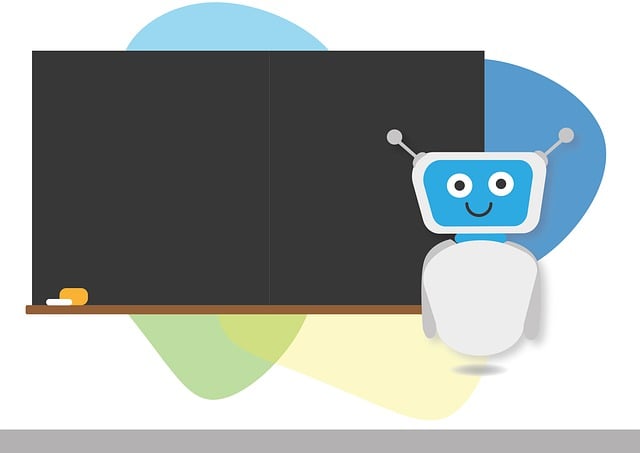What is ChatGPT ?
ChatGPT is a large language model developed by OpenAI. It is trained on a diverse range of internet text and is able to generate human-like text in a variety of styles and formats.
Some of the major advantages of using ChatGPT include its ability to generate high-quality and coherent text, as well as its ability to complete text-based tasks such as answering questions, summarising articles, and writing creative fiction. Additionally, ChatGPT can be fine-tuned on specific tasks or domains, making it a versatile tool for a wide range of applications.
Some additional advantages of using ChatGPT include:
- Generating human-like text: ChatGPT's training data includes a wide range of internet text, which allows it to generate text that is difficult to distinguish from text written by humans.
- Handling long-form text: ChatGPT can generate and complete long-form text, such as articles or stories, which makes it useful for tasks such as content creation and summarisation.
- Handling context: ChatGPT can understand and use context when generating text, which allows it to generate text that is more coherent and relevant.
- Handling multiple languages: ChatGPT can be fine-tuned on multiple languages, it can generate text in multiple languages, which makes it useful for tasks such as machine translation and multilingual content generation.
- Handling multiple tasks: ChatGPT can be fine-tuned on different tasks, such as question answering, text classification, and language translation, which makes it a versatile tool for a wide range of applications.
- Handling large amount of data: ChatGPT is a large model and can handle large amounts of data, which can be beneficial when working on tasks that require a lot of data to be processed, such as language understanding and summarisation.
- Handling multimodality: ChatGPT can handle multiple formats of data, such as text, images, video, audio, and can generate corresponding modalities too. It can be used for tasks such as text-to-speech, summarisation of videos and generation of captions for images.
As of now, there are several versions of ChatGPT available, including:
- ChatGPT
- ChatGPT-2
- ChatGPT-3
ChatGPT is a powerful language generation model that can be used for a wide variety of natural language processing (NLP) tasks. Some common use cases include:
- Text generation: ChatGPT can be used to generate human-like text, such as creative writing, news articles, and product descriptions.
- Dialogue systems: ChatGPT can be used to build conversational agents, such as chatbots or virtual assistants, that can understand and respond to user input.
- Language translation: ChatGPT can be used to translate text from one language to another, by training the model on parallel text data in multiple languages.
- Language summarization: ChatGPT can be used to summarize long pieces of text, by training the model on a dataset of summaries and their corresponding original texts.
- Text classification: ChatGPT can be fine-tuned to classify text into different categories, such as sentiment analysis, topic classification, and so on.
- Language model fine-tuning: ChatGPT can be fine-tuned on specific domain data, such as legal, medical or technical, to improve its understanding and generation capabilities in that domain.
These are just a few examples of the many possible use cases for ChatGPT. As the field of NLP continues to evolve, new use cases for this and other language models are likely to be discovered.
Cost of Chat GPT:
The cost of using a language model like ChatGPT can vary depending on the specific use case and the amount of usage. In general, using a language model on cloud-based platforms like AWS or GCP can be expensive, as it requires significant computational resources to run. However, there are also open-source versions of the model that can be run locally and may have lower costs associated with them.

Comments
Post a Comment